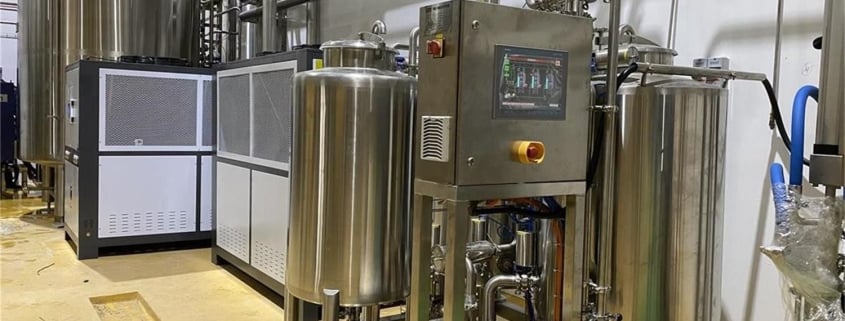How to Choose Beer Fermentation Equipment
The Importance of the Beer Brewing Process
Brewing beer isn’t just mixing ingredients and hoping for magic—it’s a delicate dance between science and art. Every pint you enjoy is a product of an intricate process that begins long before fermentation. From selecting the right grains to carefully timing the boil, every stage plays a role. But here’s the kicker: fermentation is where the real transformation happens. It’s the moment sugars become alcohol, flavors evolve, and character develops. Fermentation is the soul of beer. Whether you’re a curious beginner or a seasoned brewer, understanding this stage—and the gear involved—can make or break your brew.
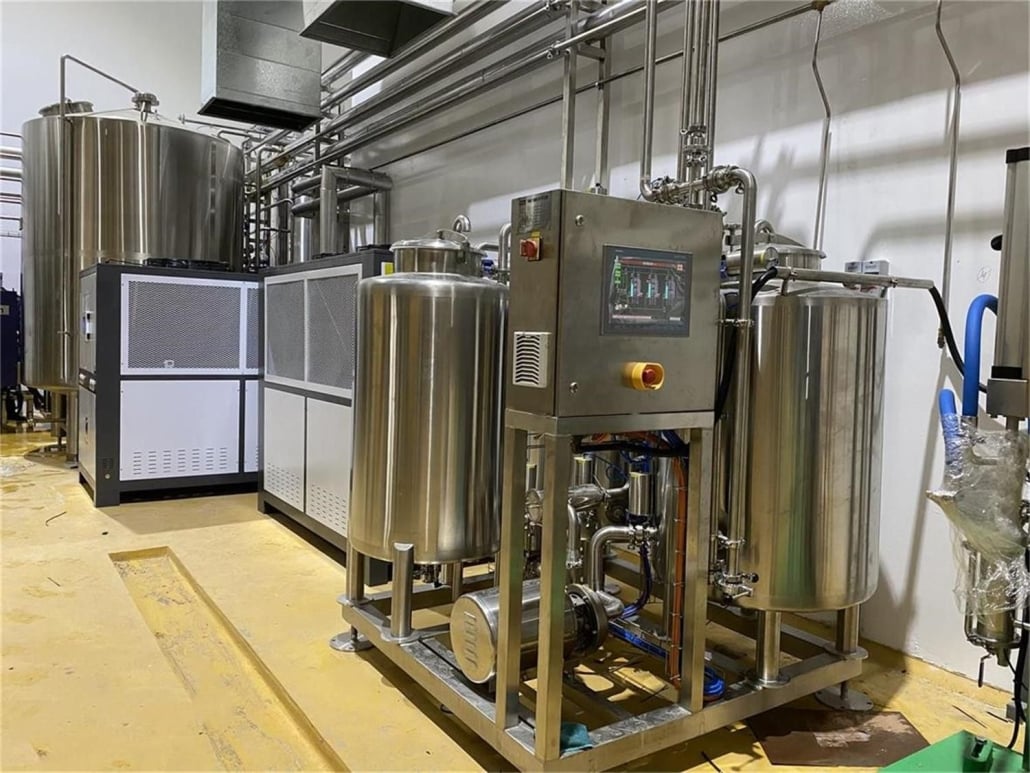
What is Beer Fermentation Equipment?
Beer fermentation equipment is essentially the gear that lets you control the magic of fermentation. Think of it as the crib where your beer is born and raised. During fermentation, yeast converts sugars from malt into alcohol and CO2, creating beer. This process happens in a vessel—usually stainless steel or glass—specifically designed to maintain the ideal temperature, pressure, and cleanliness for the yeast to do its job. Some setups are simple for homebrewers, while others are complex systems found in commercial breweries. But at the end of the day, they all serve the same purpose: giving yeast the best possible environment to make delicious beer.
Types of Beer Fermentation Equipment
Let’s break it down. Beer fermentation equipment comes in different forms, depending on scale, budget, and experience level. Here are the main types:
- Plastic Fermenters: Affordable and lightweight, ideal for beginners. They’re not the most durable, and over time, they can scratch and harbor bacteria, but they get the job done.
- Glass Carboys: A step up in quality and longevity. These are non-porous and easy to clean, though they’re heavy and breakable. They also allow you to see your fermentation in action, which is oddly satisfying.
- Stainless Steel Conical Fermenters: These are the Ferrari of fermenters. Durable, easy to sanitize, and designed for efficiency. Many include valves for sampling and transferring beer without contamination. Great for both advanced homebrewers and pros.
- Unitanks: These combine fermentation and conditioning in one vessel. Used mostly by commercial breweries, they save space and time while improving product quality.



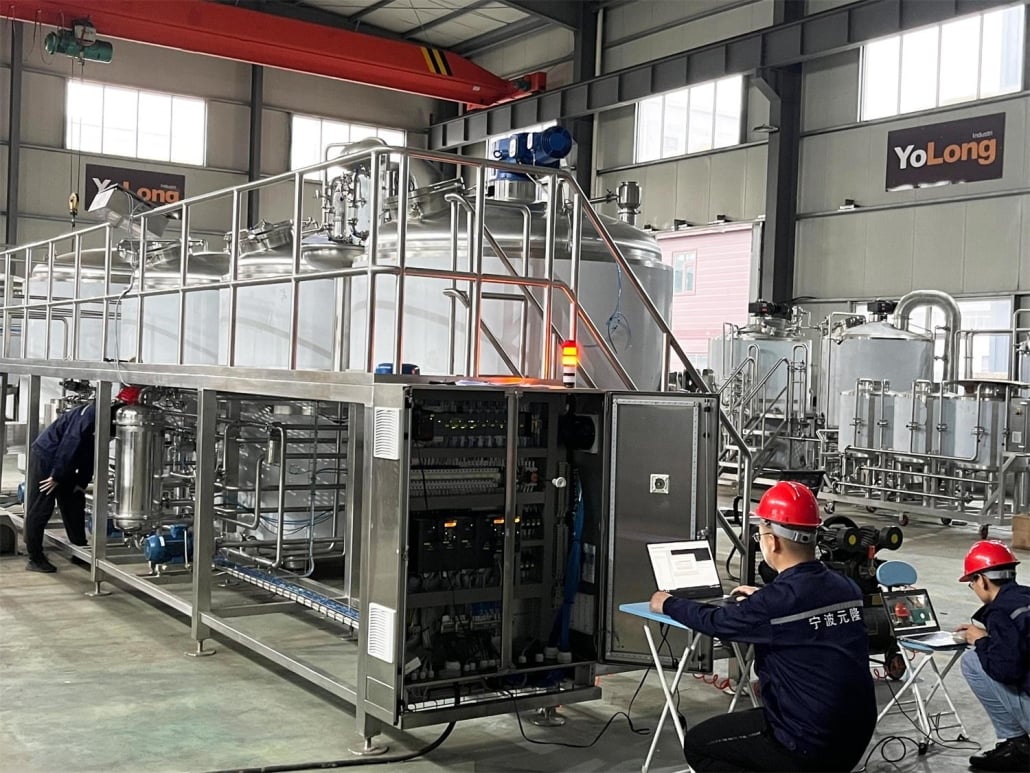
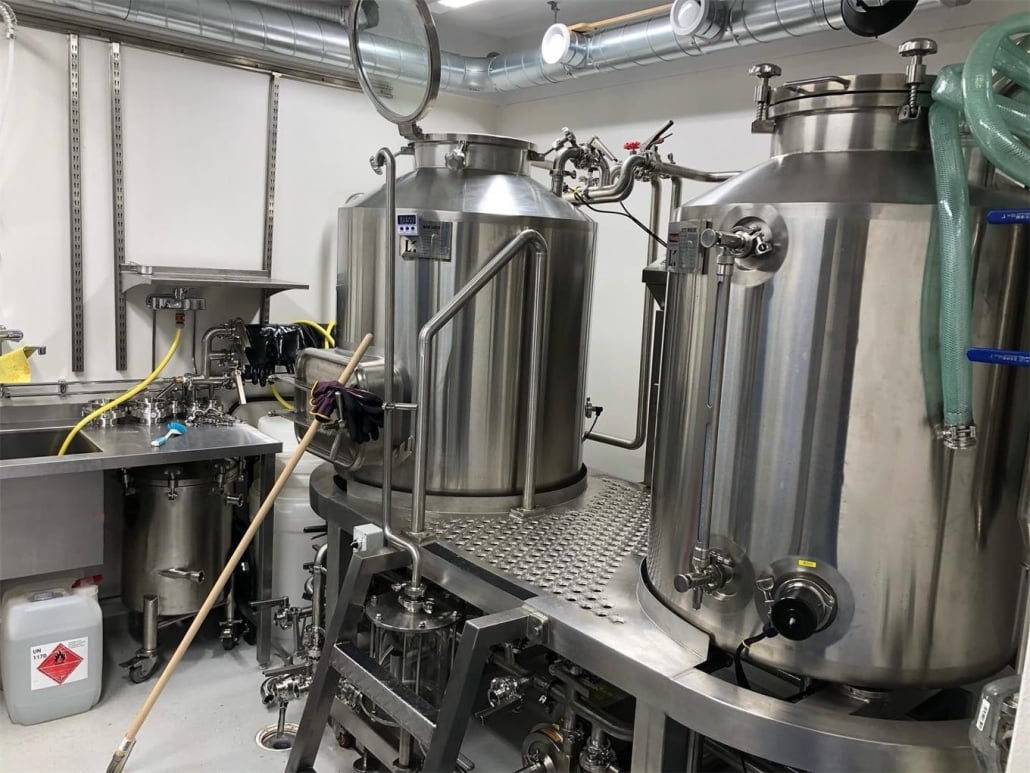
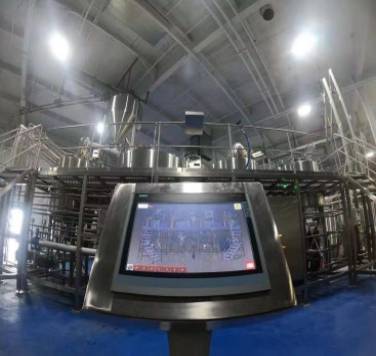
Important Characteristics When Choosing Beer Fermentation Equipment
| Feature | Description | Why It Matters |
|---|---|---|
| Material | Stainless steel, plastic, glass | Affects cleanliness, durability, and flavor retention |
| Size/Capacity | Measured in gallons or liters | Choose based on batch size—don’t overpay for volume you won’t use |
| Temperature Control | Built-in or external | Yeast thrives in a precise range; poor control = bad beer |
| Conical Shape | Found in pro setups | Makes removing sediment and harvesting yeast way easier |
| Pressure Capability | Some allow for pressurized fermentation | Helps carbonate beer naturally and reduce off-flavors |
| Ease of Cleaning | Accessibility and surface type | Clean gear = no infection = happy beer |
| Valves & Ports | For sampling, transfers, or dry hopping | Adds flexibility and precision |
| Mobility & Weight | Especially for larger tanks | Consider portability if you’re tight on space |
Benefits of Using Quality Fermentation Equipment
Imagine trying to bake a perfect cake in a dirty, uneven oven. That’s what brewing is like with poor fermentation gear. High-quality equipment isn’t just about bragging rights—it directly impacts flavor, consistency, and safety.
With precise temperature control, conical designs, and pressure regulation, premium fermenters help prevent contamination and produce cleaner, more consistent beer. Plus, they’re easier to sanitize and maintain, which means fewer ruined batches. If you’re serious about brewing—whether at home or commercially—investing in better gear pays off over time, both in quality and efficiency. Also, let’s be honest: a shiny, stainless-steel fermenter looks awesome in your brew space.
Tips for Beginners / Homebrewers on Beer Fermentation Equipment
Starting out in homebrewing? Don’t worry—we’ve all been there, staring at a carboy like it’s an alien artifact. Here are some chill, no-stress tips:
First, don’t break the bank. A simple plastic fermenter or a glass carboy works perfectly while you’re learning. Get a feel for the process before splurging on high-end conicals.
Temperature is everything. Yeast is picky. Too hot or too cold, and it throws a tantrum—aka weird flavors. If you can, snag a cheap temperature controller or brew in a cooler area.
Keep it clean. Sanitizing is the not-so-glamorous secret sauce of brewing. Even one rogue germ can ruin your batch. Make cleaning a ritual.
Watch your batch, but don’t panic. If it looks bubbly, foggy, or even gross—that’s normal! Trust the process.
And finally, have fun. Brewing is part science, part magic. You’re creating something from nothing. Mistakes are part of the learning curve, and every misstep teaches you something.
Comparison of Popular Fermentation Equipment Options
| Equipment Type | Price Range | Ideal For | Pros | Cons |
|---|---|---|---|---|
| Plastic Buckets | $20 – $40 | Beginners, budget brewers | Cheap, lightweight, easy to clean | Scratches easily, not very durable |
| Glass Carboys | $35 – $70 | Beginners who want longevity | Non-porous, see-through, reusable | Heavy, breakable, narrow mouth |
| Stainless Conicals | $250 – $900 | Serious homebrewers, pros | Durable, conical for yeast removal, easy transfers | Expensive, heavier |
| Unitanks | $800+ | Commercial brewers | All-in-one system, professional grade | High price, requires space |
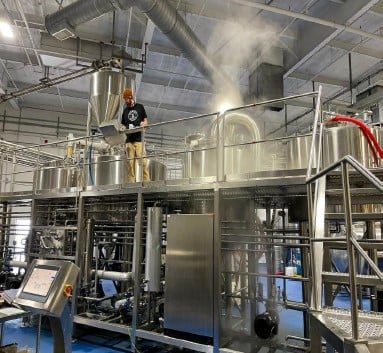
FAQ
| Question | Answer |
|---|---|
| What’s the best fermenter for beginners? | A basic plastic bucket or glass carboy is affordable and works well while you’re learning. |
| How important is temperature control? | Extremely. Yeast needs specific temps to perform properly. Too hot or too cold ruins the batch. |
| Can I ferment under pressure? | Yes, with a pressure-capable fermenter like a Unitank or pressurized conical. It helps with carbonation and clarity. |
| How long does fermentation take? | Primary fermentation usually takes 1-2 weeks, but full conditioning can take a month or more depending on the style. |
| Is stainless steel better than plastic or glass? | For durability and sanitation, yes. But glass and plastic are fine for smaller, budget-friendly setups. |

